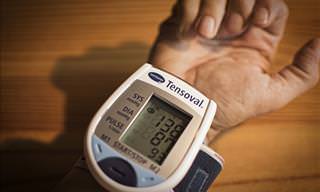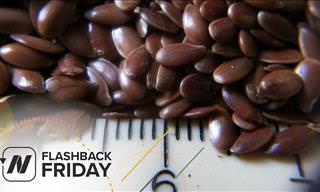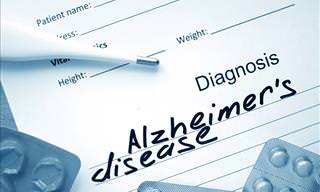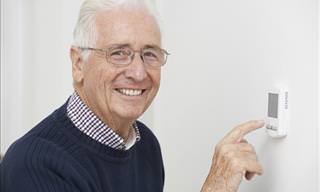Maintaining physical fitness is well-documented as essential for proper organ function. A balanced diet combined with regular exercise is often considered the primary defense against hypertension and high cholesterol.
In a recent study conducted by the University of California, regular physical activity has been found to be an effective way to regulate blood pressure throughout middle age. Social factors, however, can make this more challenging for some individuals than others, said the study, which involved more than 5,000 individuals in four major cities in the United States.

"Teenagers and those in their early 20s may be physically active, but these patterns change with age," said Kirsten Bibbins-Domingo, the study author and epidemiologist from the University of California.
Related: 4 Unexpected Habits That Affect Your Blood Pressure
Previous studies have shown a connection between physical activity and lower blood pressure, but this latest research suggests that engaging in continuous exercise during young adulthood, exceeding previously recommended levels, could be especially important in avoiding high blood pressure as one ages.
Hypertension, also referred to as high blood pressure, is a serious health issue impacting millions of people worldwide. It increases the chances of suffering from a heart attack, stroke, and also raises the risk of developing dementia as one gets older.
Data from the World Health Organization shows that hypertension affects a significant portion of the global population, with an estimated one in four men and roughly one in five women diagnosed with the condition. However, one alarming aspect of high blood pressure is its asymptomatic nature, often leading it to be referred to as the "silent killer."
This study investigated the impact of exercise on managing hypertension.
How much exercise should you do to control your blood pressure?
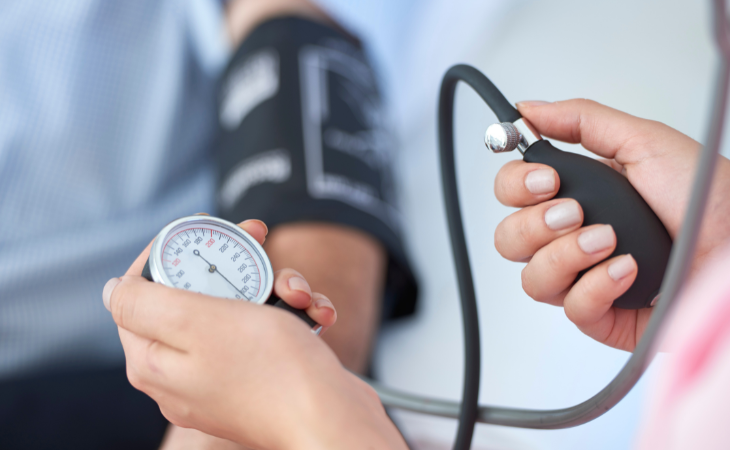
The researchers recruited approximately 5,100 adult volunteers and followed their health for over three decades. This lengthy longitudinal study included physical examinations and questionnaires to collect information about individuals' exercise habits, smoking status, and alcohol intake.
In every clinical check-up, blood pressure was taken three times, with a one-minute break in between each measurement. For the analysis of the data, the participants were divided into four different groups according to their race and gender.
The findings showed an alarming pattern: the level of physical activity among both males and females dropped off significantly from the ages of 18 to 40. On the other hand, the incidence of high blood pressure rose steadily over the years.
From these findings, the scientists deduced that the period of young adulthood is a crucial time for intervention. They propose that by launching health promotion programs aimed at motivating exercise, it's possible to successfully halt the onset of high blood pressure in middle age.
"Nearly half of our participants in young adulthood had suboptimal levels of physical activity, which was significantly associated with the onset of hypertension, indicating that we need to raise the minimum standard for physical activity," said Jason Nagata, the lead author of the study and a UCSF expert in young adult medicine.
Five hours of weekly exercise is a must for managing your BP

The researchers looked at those who exercised moderately for five hours each week during their early adult years. This amount of activity is double the minimum recommended exercise level currently for adults. Their findings indicated that this level of activity considerably lowered the risk of hypertension, especially for those who continued their exercise routine until the age of 60.
Related: Lower Blood Pressure in 10 MINUTES by Doing These Things
"Achieving at least twice the current minimum adult [physical activity] guidelines may be more beneficial for the prevention of hypertension than simply meeting the minimum guidelines," the researchers wrote.
As per the recommendations, a weekly plan that includes both moderate-intensity and intense aerobic workouts can help lower blood pressure. Examples of such exercises include:
- Walking
- Jogging
- Cycling
- Swimming
- Dancing
- High-intensity interval training, which alternates brief periods of strenuous activity with intervals of lighter exertion.
The study was published in the American Journal of Preventive Medicine.
 Go to BabaMail
Go to BabaMail







